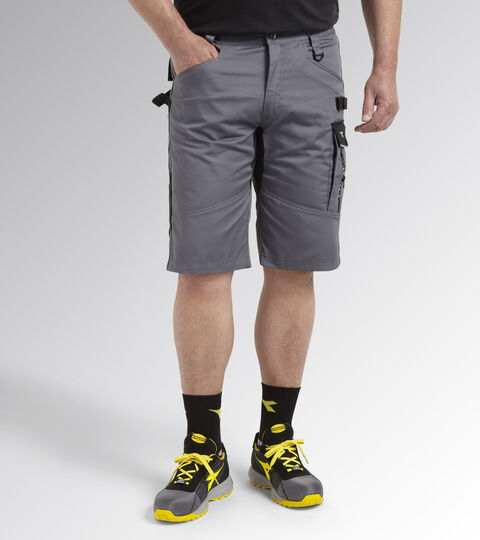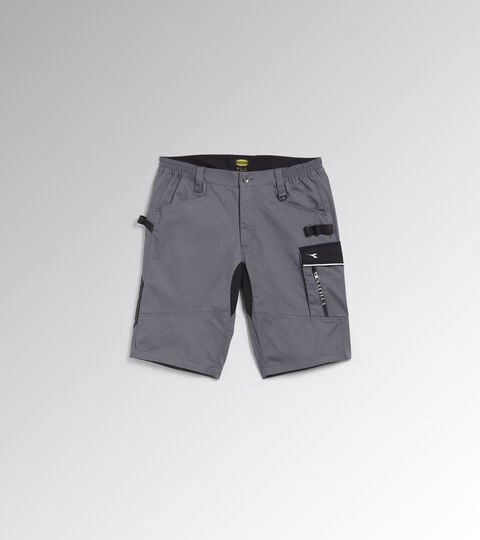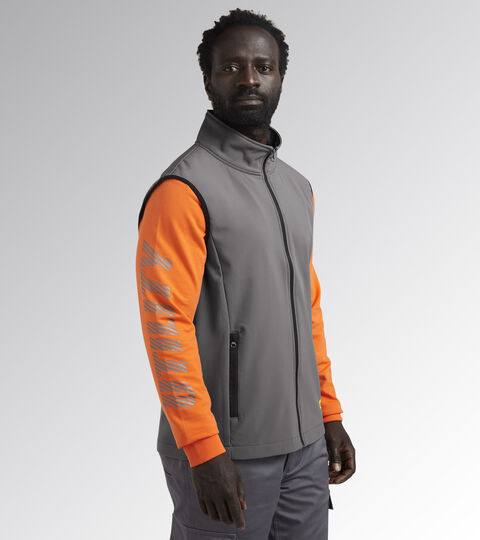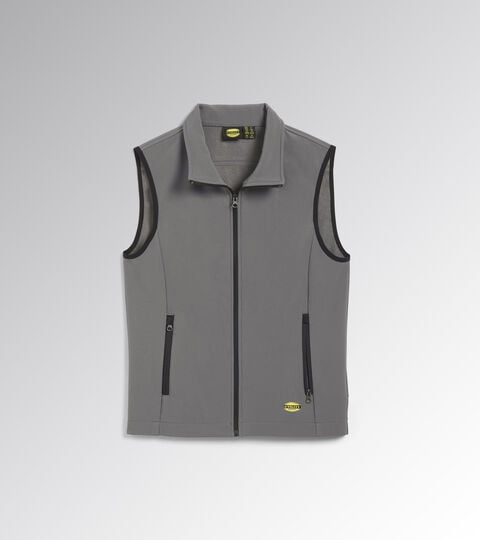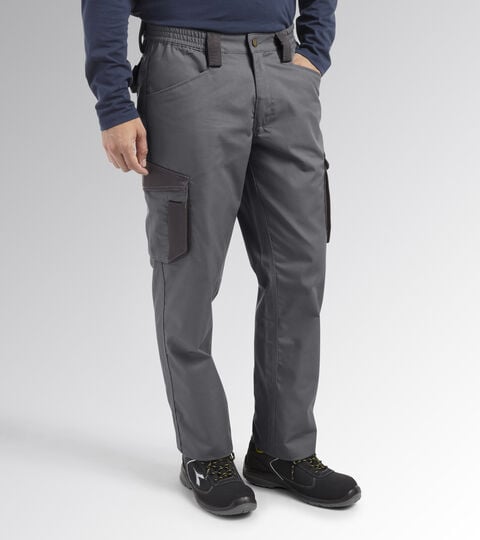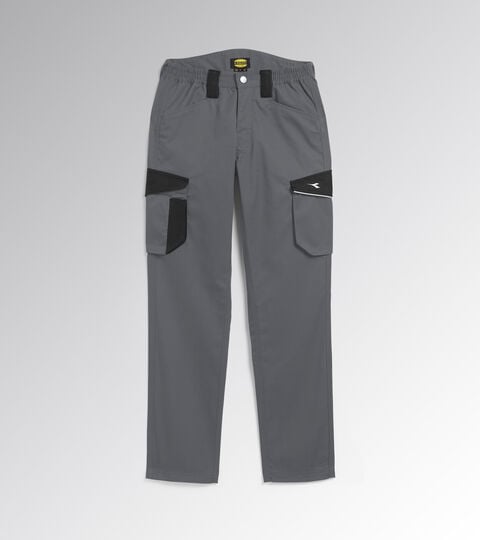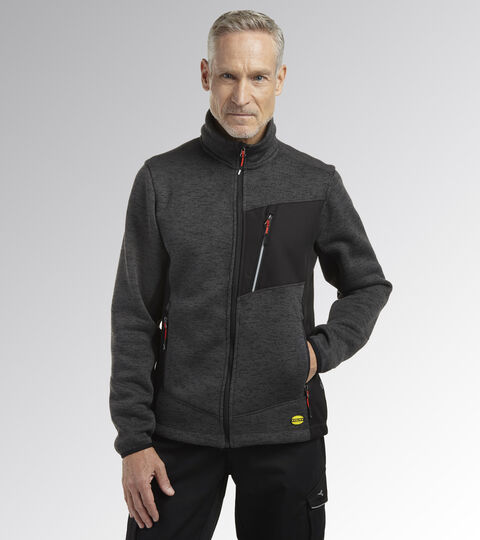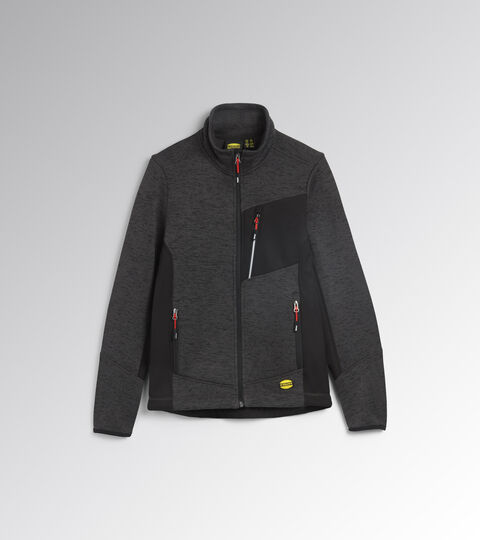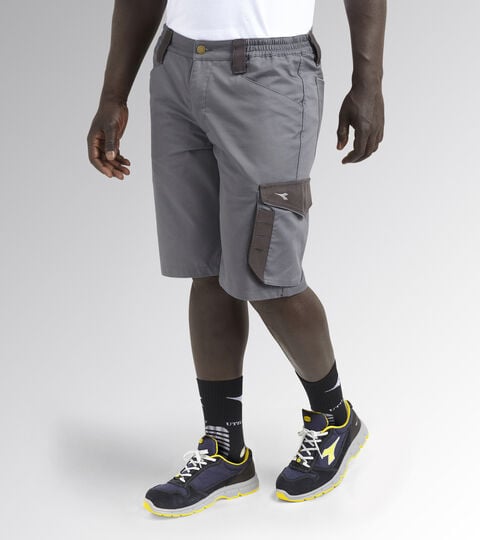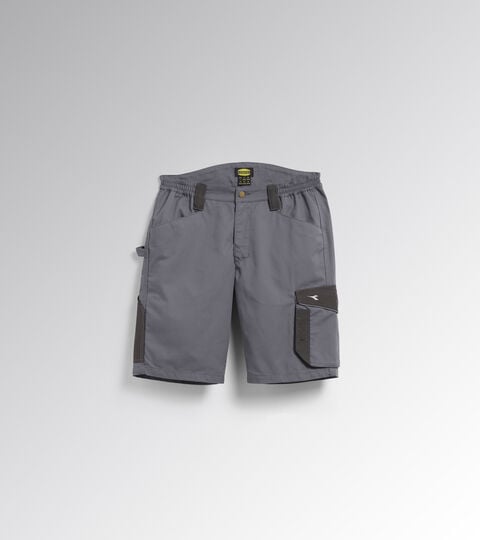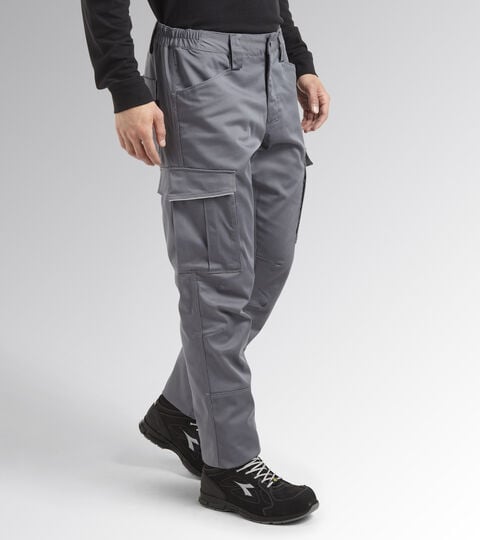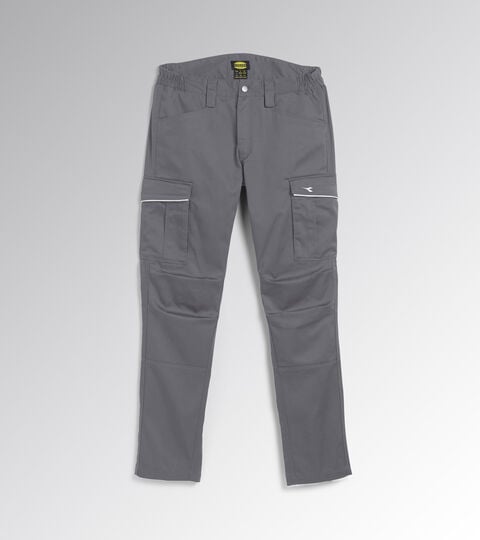Workwear & Safety Clothing
(54 Results)Safety Clothing and Workwear
Protective Clothing: General Requirements
What are the European standards governing workwear? What are the general requirements for work clothing?
We have previously discussed the four European regulations that examine and classify work shoes, defining their characteristics, protection levels, and how they are tested for certification.
But what about the standards governing workwear and the general requirements for protective clothing? The work environments and professional categories that require specific clothing and precise protective devices are many and varied. Some types of work mandate the use of PPE (Personal Protective Equipment): these are devices that protect workers from risks that may threaten their safety or health in the workplace. Examples include high-visibility clothing, garments that protect against chemical agents, anti-entanglement clothing, and, of course, all protective accessories for specific situations and risks, such as gloves, welding masks, helmets, cut-resistant aprons, and safety shoes.
Whether in work environments with obvious risks or seemingly less hazardous situations, even basic workwear like trousers, jackets, or vests should not be viewed merely as uniform components. They are the first line of defense against workplace injuries and potential health risks. Therefore, work clothing should be chosen with care and awareness, taking into account the specificities of the job and the identified risks in the environment and role.
The EN ISO 13688:2013 Standard and General Requirements for Workwear
All work clothing, regardless of specific performance requirements, must comply with a European standard that defines the general requirements for protective clothing: the EN ISO 13688:2013 standard. The European Council issued the first directive on safety clothing in 1989, Directive 89/686/EEC, followed by Regulation (EU) 2016/425.
The directive harmonized the various legislations of EU member states regarding personal protective equipment. Since 2013, the reference standard has been ISO 13688:2013, which should be sought in the technical data sheets, labels, or packaging of work clothing to ensure they comply with safety regulations.
The EN ISO 13688:2013 standard specifies general safety and health requirements for the performance of workwear in terms of:
- Ergonomics
- Innocuousness
- Size designation
- Aging
- Compatibility
- Marking of protective clothing
The standard also specifies what information must be provided by the manufacturer with the protective garment.
Specific Performance Requirements
The requirements defined by EN ISO 13688:2013 are general and clearly cannot meet all protection and safety needs for every type of work, which vary widely from case to case. For this reason, the standard is intended to be used in conjunction with other standards that define specific performance requirements.
For example, the UN ISO 20471:2013 standard defines the requirements for high-visibility clothing, and UNI EN 14058:2004 specifies those for clothing protecting against cold environments, among others.
In practice, a garment marked with the CE mark and conforming to EN ISO 13688:2013, without references to specific standards, will almost certainly have usage limitations, as it will not protect against chemical exposure, thermal risks, cuts, punctures, or any other risks for which the garment is not explicitly certified in its technical data sheet or label.
How to Read the Label of a Protective Garment
Inside each Diadora Utility work garment conforming to EN ISO 13688:2013, there is a label that includes the CE marking and the following information, printed to withstand wear and numerous washing cycles:
1. Line and product code
2. Pictogram indicating the standard to which the garment conforms
3. CE marking and PPE category
4. Size chart
5. Manufacturer's address
6. Garment size
Pictograms
The EN ISO 13688:2013 standard also regulates the use and meaning of pictograms on technical data sheets and labels. These are graphic icons representing the risk category identified by the European standards and the protection class offered by the garment. In our example, the garment with the label is a high-visibility protective garment with a performance level of class 2 (medium).

